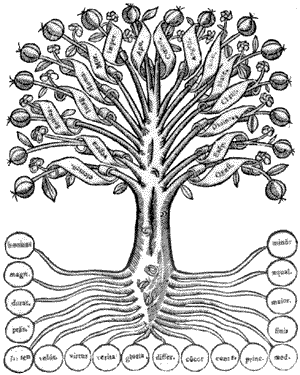This central point, through which there is, for the human being, communication with the higher or “celestial” states, is also the “narrow gate” of the Gospel symbolism and from what has gone before it will be easily understood who are the “RICH” who cannot pass beyond it; they are the beings who are attached to multiplicity, and who are therefore incapable of rising from distinctive knowledge; to unified knowledge. This attachment, in fact, is the exact opposite of the detachment mentioned above, just as wealth is the opposite of poverty, and it involves the being in the indefinite series of the cycles of manifestation. Studies in Comparative Religion Winter Issue (1973) AL-FAQR (‘SPIRITUAL POVERTY’)
The being who has reached in this way the central point has realized, by this very means, the human state in its entirety; he is the “true man” (chenn-jen) of Taoism, and when, starting from this point to rise to the higher states, he has achieved the perfect fulfillment of his possibilities, he will have become the “Divine Man” (sheun-jen) who is the “Universal Man” (al-insaan al-kaamil) of Islamic esotericism. So it can be said that it is those without are the “RICH” from the standpoint of manifestation who are really the “poor” with regard to the Principle, and inversely; that is what the following Gospel sentence expresses very clearly, “The last shall be first and the first shall be last” (St. Matthew, XX, 16.); and we are compelled to see in this respect, once again, the perfect agreement of all the traditional doctrines, which are no more than the diverse expression of the one Truth. Studies in Comparative Religion Winter Issue (1973) AL-FAQR (‘SPIRITUAL POVERTY’)
